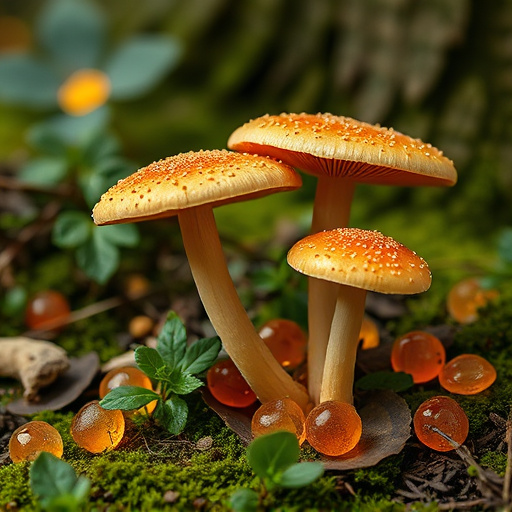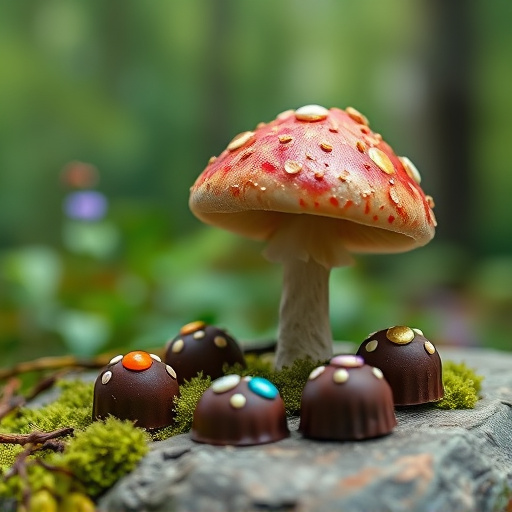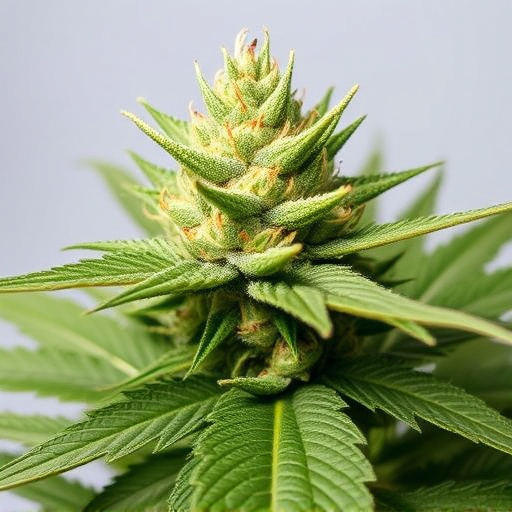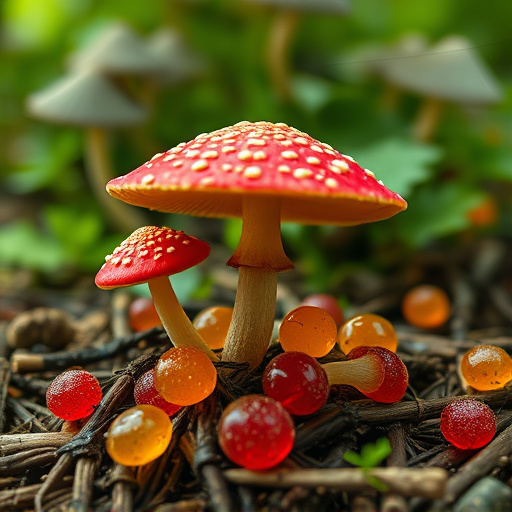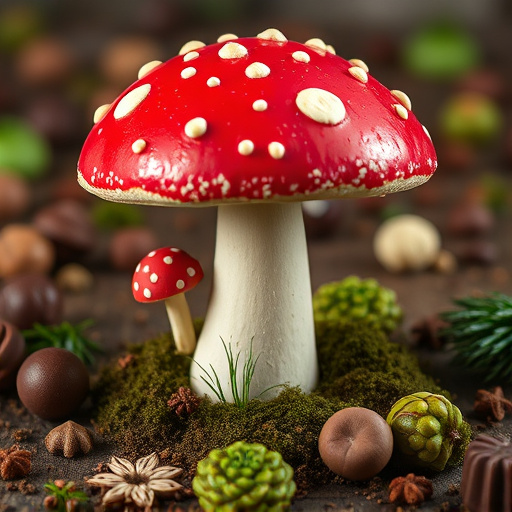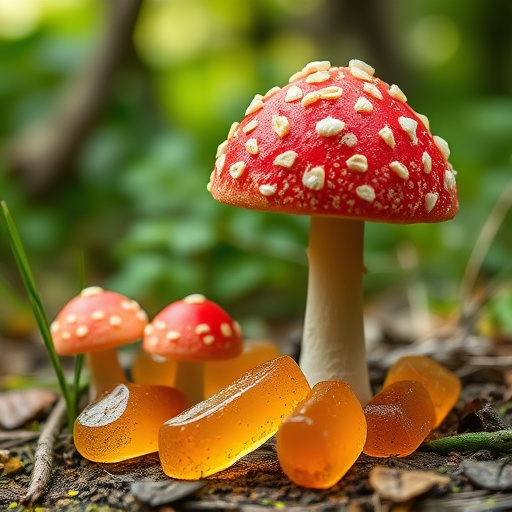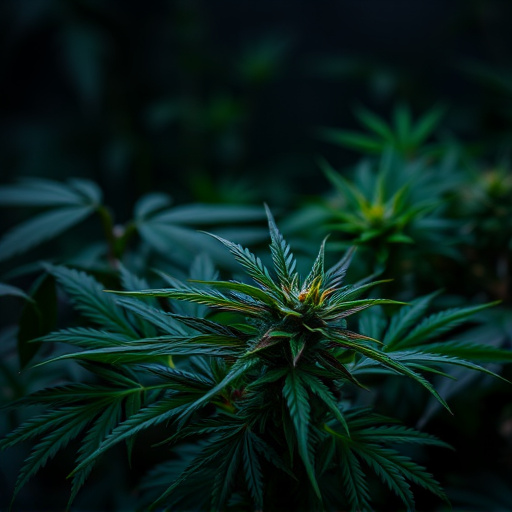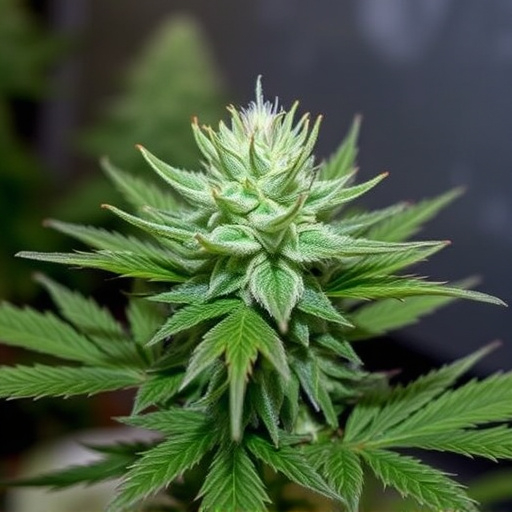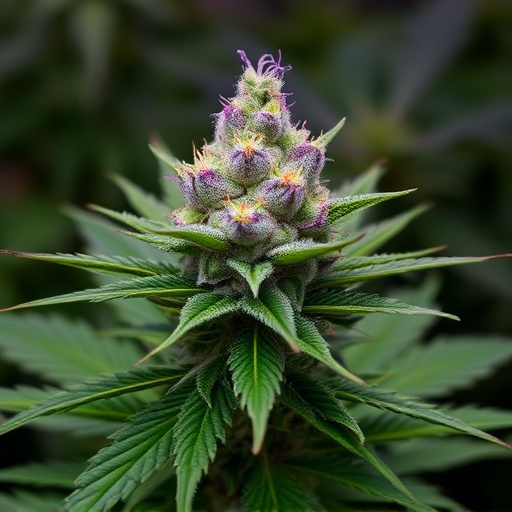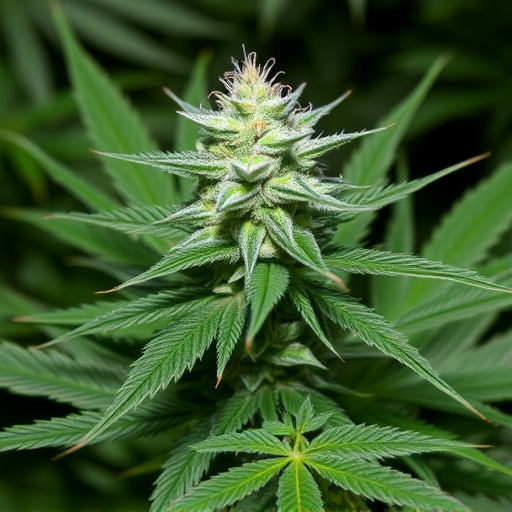Terpenes, nature's essential oils in cannabis, significantly shape the unique characteristics, aromas, flavors, and therapeutic effects of different strains, interacting with cannabinoids like THC and CBD. Understanding terpene profiles, such as those found in the most popular cannabis strains, is crucial for cultivators and consumers to create desired experiences, from relaxing to uplifting, ensuring cannabis consumption aligns with specific outcomes.
Terpenes, often referred to as the unsung heroes of cannabis, play a pivotal role in shaping the plant’s unique aromas and therapeutic effects. This article explores why terpenes matter, especially in the context of the most popular cannabis strains. We delve into how these aromatic compounds influence the experiences associated with various strains, enhancing or altering their potent and desirable attributes. Understanding terpenes is key to navigating the diverse landscape of modern cannabis.
- Terpenes: The Unsung Heroes of Cannabis
- How Terpenes Impact the Most Popular Cannabis Strains
- Understanding the Role of Terpenes in Cannabis Flower Quality and Effects
Terpenes: The Unsung Heroes of Cannabis
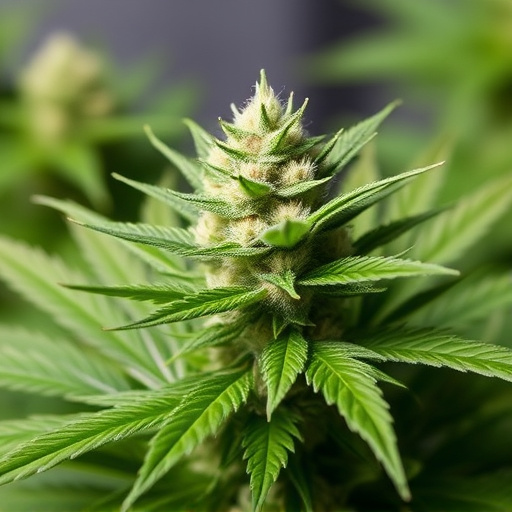
Terpenes, often called the “unsung heroes” of cannabis, play a crucial role in shaping the plant’s unique aroma and flavor profiles. These aromatic compounds are produced by cannabis plants alongside cannabinoids, such as THC and CBD. While cannabinoids have been the center of attention for their medicinal properties, terpenes deserve equal recognition for their diverse benefits. They not only contribute to the distinct scent and taste of different cannabis strains but also offer therapeutic effects.
In the world of cannabis, certain terpenes are highly sought after in popular strains. Myrcene, for instance, is known for its earthy and fruity notes and is commonly found in many indica varieties. Limonene, with its bright citrusy aroma, adds a refreshing twist to sativa-dominant strains. Pinene, with its pine-like scent, is not only prevalent in certain cannabis types but also known for its potential anti-inflammatory and antimicrobial properties. As the demand for specific terpene profiles grows, understanding these aromatic compounds is becoming increasingly important for cultivators and consumers alike, especially when exploring the most popular cannabis strains.
How Terpenes Impact the Most Popular Cannabis Strains

Terpenes, often referred to as nature’s essential oils, play a pivotal role in shaping the unique characteristics and experiences associated with different cannabis strains. These aromatic compounds not only contribute to the distinct scent and flavour profiles that make certain strains popular but also offer therapeutic benefits. When we talk about the most popular cannabis strains, terpenes are responsible for their diverse effects, from uplifting and energetic to calming and relaxing. For instance, myrcene, a common terpene, is known for its earthy, musky aroma and is often linked to feelings of relaxation and sleepiness, making it a favourite in indica-dominant strains. Meanwhile, limonene, with its bright citrus notes, is prevalent in sativa varieties, enhancing cognitive function and promoting a sense of clarity.
The impact of terpenes extends beyond scent and flavour, as they can amplify or temper the effects of cannabinoids like THC and CBD. This interaction contributes to the overall experience users have when consuming different cannabis strains. As such, understanding terpene profiles is essential for both cultivators aiming to create specific effects and consumers looking to enhance their cannabis journey with tailored strain choices.
Understanding the Role of Terpenes in Cannabis Flower Quality and Effects

Terpenes, often referred to as the “aromatic compounds” of cannabis, play a pivotal role in defining the quality and effects of the plant. They are responsible for the unique scents and flavors that set apart various cannabis strains, with some of the most popular cannabis strains renowned for their distinct terpene profiles. Beyond sensory appeal, terpenes have been shown to interact synergistically with cannabinoids like THC and CBD, modulating their biological activities and contributing to the overall therapeutic potential of cannabis.
The interplay between terpenes and cannabinoids is a key factor in understanding why different cannabis varieties produce varying effects. For instance, myrcene, one of the most prevalent terpenes, is known for its sedative properties and often associated with relaxation and sleep. Conversely, limonene, with its citrusy aroma, is linked to uplifting and energizing effects. By examining and appreciating the terpene content, consumers can make more informed choices, aligning their cannabis consumption with desired outcomes, whether it’s achieving a state of calm or boosting energy levels.
Terpenes, often referred to as the unsung heroes of cannabis, play a pivotal role in shaping the unique characteristics and effects of the most popular cannabis strains. These aromatic compounds not only contribute to the distinct flavors and aromas we associate with different varieties but also significantly influence the plant’s therapeutic potential. By understanding the intricate relationship between terpenes and cannabis flower quality, cultivators can better meet the diverse preferences and needs of consumers, ensuring optimal experiences for all.
